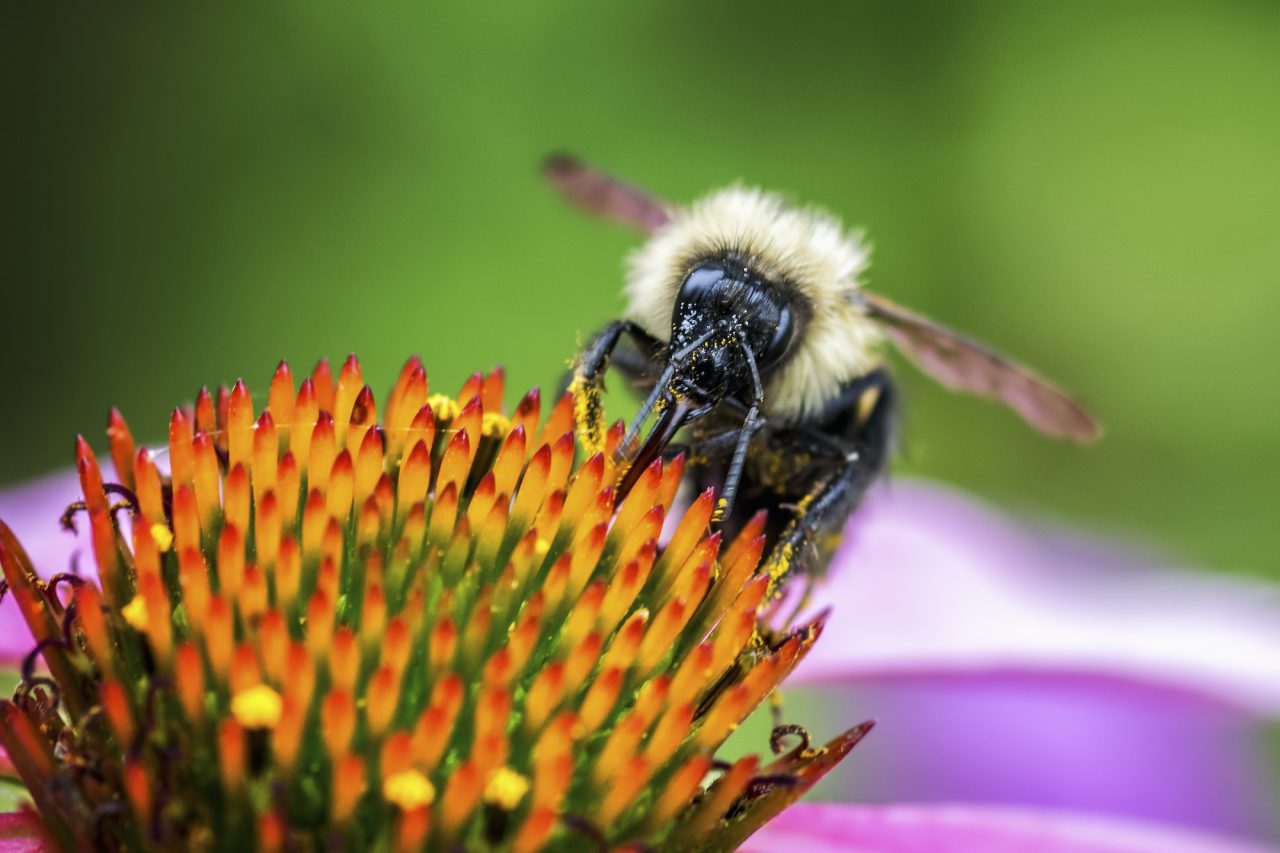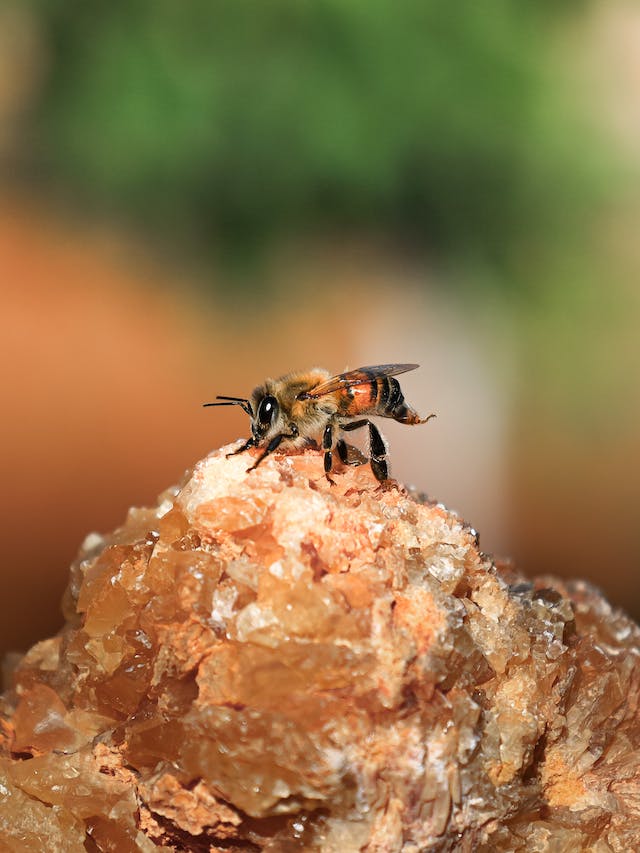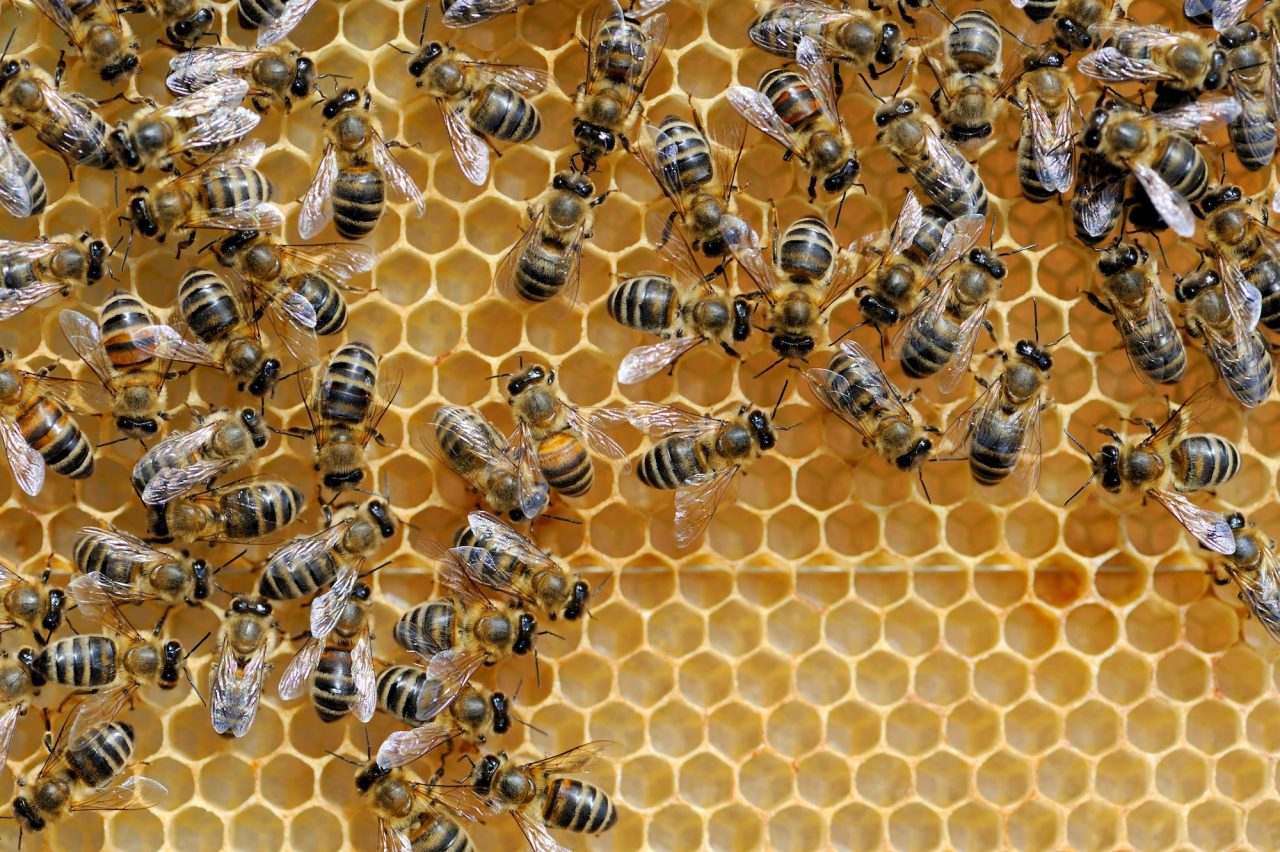Live Bees
There are many insects in the world that are referred to as “bees”. They share similarities in diet, lifestyle and life span. From busy honey bee colonies to the journey of other species, we will explore their time on Earth.

How Long do Bees Live?
There are many insects in the world that are referred to as “bees”. They share similarities in diet, lifestyle and life span. From busy honey bee colonies to the journey of other species, we will explore their time on Earth. How long do bees live? This simple question is part of a fascinating story about the life cycle of these important insects and how they affect our ecosystem.
Understanding Bee Lifespan
Bees represent a wide range of life spans due to the many diverse species represented. The ebb and flow of their populations are all part of the delicate balance of ecosystems worldwide.
One of the most well-known and most study bee species is the honey bee –Apis mellifera. These highly organized colonies have distinct roles for each member of the hive.
A close relative to honey bees, Bumble bees have a very different life span. They do not survive winter as a large family.
Only the queen hibernates during the cold months to start a new colony in Spring. There is no need to store food for thousands to eat.
And, solitary bees are lone individuals who carry on the process of life without the social structure found in honey bees or bumblebee colonies.
Among the many species, some solitary bees live only a few weeks – others much longer.
As we understand the differences among bees, it is easier to realize how they help maintain a natural balance in the insect world. All are important pollinators that have a role to play.


The Life Span of Honey Bees
Honey bees are social insects that live in large colonies. With good health and a bit of luck, a colony can continue for years. However, the individual bees in the hive have different lifespans.
All honey bees pass through a life cycle consisting of 4 stages. The first 3 are development (egg, larva, and pupa) and then adult. This is called complete metamorphosis.
Longevity By Type
The primary role of the queen bee is to lay eggs. The only reproductive female in the colony, she is the mother of all.
Given this important job for the colony, we would expect this bee to live a long time -and she does. The queen bee is capable of living for several years. Yet, she rarely lasts that long in the colony.As the she ages, her pheromone production declines and egg laying slows. Once the colony senses a failing queen, they will replace her. In a process called supersedure, they kill the old queen and make a new one.
Most of the members of a colony are workers. These non-reproductive females develop from fertilized eggs. They are the workforce of the colony and have the most responsibilities.
From collecting pollen and nectar, to feeding larva and defending the hive, a worker’s job is never done. Unfortunately for these hard-working ladies, all this work takes a toll on their bodies.
How long do worker bees live? After emerging from her cell, a worker lives about 6 weeks-during the Summer.
The first 3 weeks are spent on tasks inside the hive. During the last 3 weeks, the worker becomes a forager gathering food.
Drone bees are the males in the honey bee family. They develop from unfertilized eggs. Drones are essential for honey bee reproduction as their sole purpose is to mate with virgin queens.
Drones do no other work. Mating takes place outside and well away from the hive in areas called “drone congregation areas“.
When a drone mates with a queen, his reproductive organs are ripped from his body. The successful drone falls to the ground and shortly dies after mating.
If a drone does not mate with a queen, he will live several months during the warm season. Alas once Fall arrives, the easy life of the drone is over. They are thrown out of the hive and left to die. The colony does not want to feed them over the Winter.
